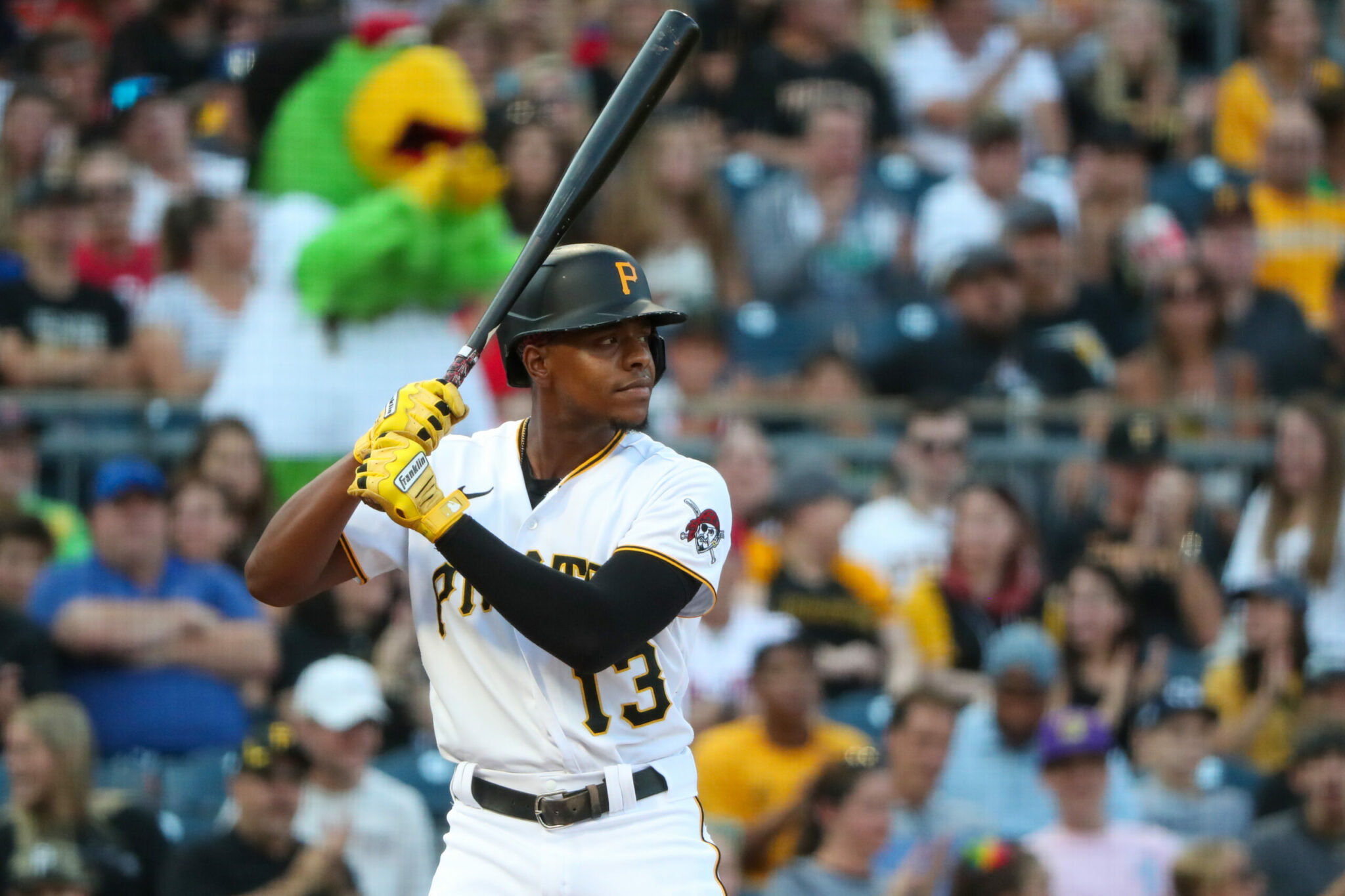PITTSBURGH – When I was in Altoona last week, I spoke with hitting coach Jon Nunnally, as well as many of the hitting prospects on the team. What I heard the most was a different approach to hitting that I hadn’t previously heard in the Pittsburgh Pirates’ system.
Jon Nunnally Discusses the Hitting Development Approach in Altoona
The easiest way to describe the approach is that it turns hitting into a game of cards, where every count brings up a different set of possibilities. The Pirates are also setting their sights on different areas of the wall, in order to maximize their offensive output.
I was at PNC Park yesterday, and talked with Ke’Bryan Hayes to see if he was taught the same approach. I didn’t mention Nunnally, but the first thing Hayes mentioned was that he worked with Nunnally at the alternate training site in Altoona during the down time from COVID.
“That was the first time I worked with him a lot,” Hayes said.
The focus was the same, and the way Hayes described it adds some clarity to the concept — for those who aren’t currently or haven’t been a Major League hitter in the past.
STATEGIZING THE COUNT
When I talked with Nunnally, he mentioned adjusting the focus at the plate based on the count.
“As the count goes on, start learning what you need to do,” said Nunnally. “On 1-1, I’m going to hit the center field wall. I don’t know if I’m going to hit a breaking ball or a changeup. I get to 3-2, you don’t know if you’re getting sliders or changeups, but I’m hunting heaters center field.”
The approach is about anticipating what a pitcher might throw you. If a pitcher is behind in the count, he’s less likely to throw a risky breaking pitch, and more likely to throw a fastball. The Pirates are teaching their hitters to anticipate the fastball in that situation, while still being able to hit the breaking ball.
Hayes said that in an 0-0 count, Nunnally would tell him to try to hit a home run to the center of the batter’s eye. On hitter’s counts — 1-0, 2-0, 3-1, etc. — Hayes would focus on the left side of the batter’s eye. The change in focus allows Hayes to work the middle of the field, while still being able to adjust for an off-speed pitch.
“Say I’m in a hitter’s count, like 1-0, 2-0, and I’m thinking left side of the batter’s eye,” said Hayes. “I’m still thinking I want to be early on this pitch, but it also keeps you middle of the field just in case for offspeed.”
The approach makes sense. Hayes is right-handed. If he’s in a hitter’s count, he would be expecting a fastball. By focusing on left-center, he’s preparing to be early on the pitch, which is a good way to time up a fastball. If he is a bit late, the ball just goes to center or right. And if it’s an off-speed pitch, he has more time to adjust without being really late.
Hayes said that when he was coming up through the minors, his focus would just be using the middle of the field, or trying for the left-center gap in hitter’s counts.
In 2020, Hayes could look at the middle of the batter’s eye and hit the ball to right-center. His tendency is to hit the ball right-center, so by focusing more to the left of the field, he keeps more balls in fair play to the right, while targeting a bigger area of the field.
The key for each player is finding a target that maximizes their output. The target isn’t necessarily where they want to hit the ball. It’s just where they need to focus.
“Everyone is different,” said Hayes. “When I was in Triple-A, an older guy Trayvon Robinson, a lot of times he would think hit a ball off the pitcher’s feet. He’d hit a home run to right field.”
Hayes said that he likes the approach, and still uses that thought process when he’s hitting in the majors today.
“I think it helps with keeping you middle of the field, making sure your body is in a good position to be able to adjust to outside, middle, and inside,” said Hayes.



